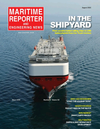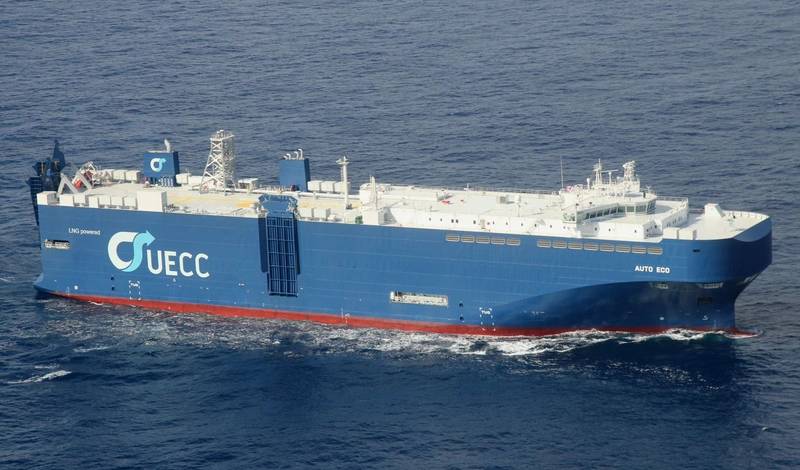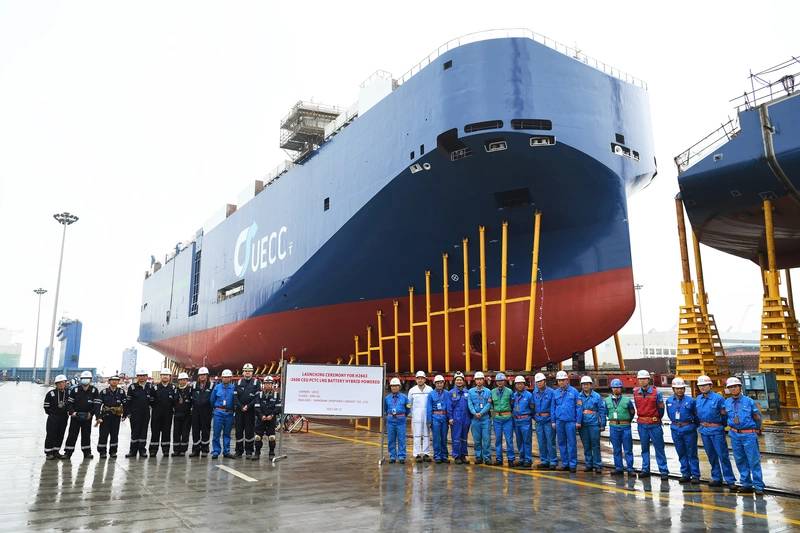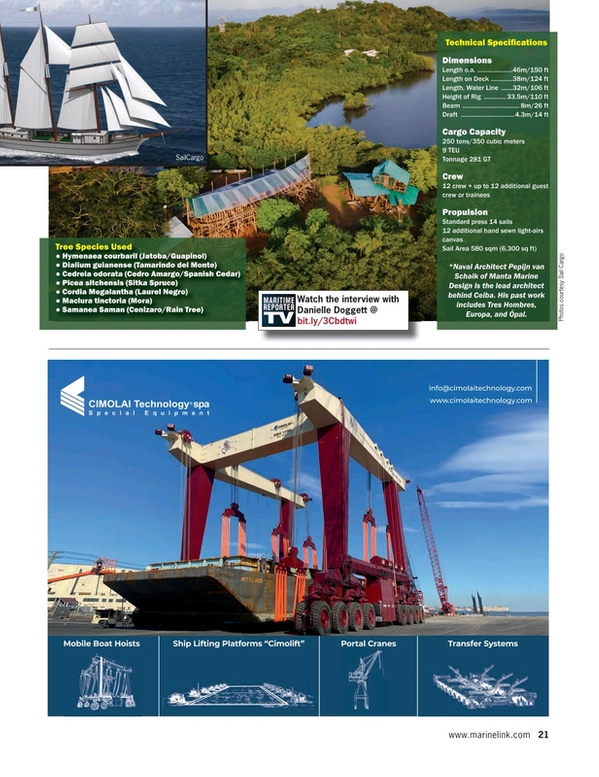
UECC’s Edvardsen on Decarbonization: “There is no perfect solution, start the journey now”
UECC has emerged as a leader in regards to decarbonization, with an order earlier this year for its third LNG battery/hybrid Pure Car/Truck Carrier (PCTC). Glenn Edvardsen, CEO, discusses the strategy and the future for this Oslo-based ship owner.
Glenn, to start, can you give a by-the-numbers overview of UECC?
United European Car Carrier is a pan-European trading carrier, trading up to the Baltic, as far east as Turkey and down to north Africa. We operate about 18 vessels (of which) UECC-owns six, ranging from (a capacity of) 5,000 cars down to 1,000. Besides transporting cars, we also lift quite a lot of breakbulk (300,000 tons/year), as well as high and heavy, a flexible fleet with strengthened decks and ramps. I think it's worth mentioning that our ambitions is to be the leading provider of sustainable short sea operation.
UECC made the news earlier this year with the keel lane for its third LNG battery hybrid PCTC. Can you give an overview of this series of vessels as well as the typical or planned operating routes?
We ordered three new vessels, the first one to be delivered in October 2021, with two more next year. We already have two dual fuel LNG vessels from 2016. We are on a path with more sustainable vessels, with reduced emissions being the number one priority. These are dual-fuel ships, not strictly LNG, meaning we have flexibility. Do we believe LNG will be the fuel of the future? No, not at all. We think something better will come along, but today it is the most environmentally friendly fuel on the market. When we see something better come along, I'm sure we will also be able to burn that. (With these three new ships) we also introduced the battery element, which we think is extremely important. It's not like we are able to sail on battery alone; then, probably, the battery package would be bigger than the vessel. But we are able to reduce the emission even more than when only running on LNG.
It seems that “flexibility” is a key word in your operations, your future. Can you give some more specifics on the hybrid power plant chosen, with insights on the anticipated greenhouse gas reductions expected versus a traditional diesel-only powered vessel?
It's widely known that the greenhouse gas reduction of 23% is achievable from LNG. But with the battery element on top of that, we are even able to reduce a few more percentage points. But we know that the SOx and the NOx are also very important, (and with LNG) these are down to almost zero. So that's quite an achievement itself.
 Photo courtesy UECC
Photo courtesy UECC
With all of the new and emerging propulsion and emission reduction options, can you give the compelling rationale behind this solution that was chosen for these three ships?
Our strategy is not to sit back and wait for the perfect solution to come along. I think we need to take action now. LNG is a proven, compliant, and immediately viable solution to reduce shipping greenhouse gas emissions. Flexibility is the name of the game and that's what we have by choosing LNG. We are run by NYK Line and Wallenius Line, 50/50. Environmental sustainability is in the DNA of both companies.
Glenn, can you put in monetary terms the additional investment that is needed to build a ship with this type of propulsion and propulsion management system, versus a ship that is just with traditional diesel power?
A few years ago they were all saying, "Yes, it’s good, but the LNG plant is so expensive and hard to justify." Yes, it is an additional cost. But in order to meet all and exceed the new regulatory requirements (and taking into consideration the other potential solutions) and achieve the same emission standards as you have with the LNG, we are not very far off today's conventional vessel. But if I was to answer your question, it all depends on the size of the vessel. For these vessels, we usually talk about between $6 to $7 million (in additional cost).
That leads perfectly into my next point, because I noted with interest in the press release regarding the keel laying for the third vessel, you mentioned that this is not just good for the environment, but it's a business imperative. Can you elaborate on that?
I think it speaks for itself; it is a business imperative. The (automotive) industry needs to show that not only are their vehicles focused on decarbonization, but that their logistic chain is, too.
 Photo courtesy UECC
Photo courtesy UECC
What do you consider to be the greatest challenge for UECC in this de-carbonization path?
When people asked me back in 2014 if we saw a risk in building the LNG vessel, I said frankly, not at all. We looked at it as a great advantage, a competitive advantage. We were sure of the direction we needed to go; we saw the direction the world was heading. The challenge will be money. We know that in introducing environmentally sustainable vessels, there will always be an add-on cost. With that, we need sustainable rates. We have an opportunity here to offer them a great product, but it doesn't come for free, you need to pay a little bit more for it.
For shipowners mulling their options, what is your one best piece of advice?
Don't sit back and wait for the perfect solution to come along. There are viable technologies, there are opportunities out there. So don't sit back and wait, jump on it.
Read UECC’s Edvardsen on Decarbonization: “There is no perfect solution, start the journey now” in Pdf, Flash or Html5 edition of August 2021 Maritime Reporter
Other stories from August 2021 issue
Content
- Training Tips for Ships - Tip #27: Maritime Training and the Pandemic. What Now? page: 12
- U.S. Navy Asserts “Freedom of Navigation” in the South China Sea page: 16
- What We Have Here is a Failure to Communicate…. in Ship Construction! page: 16
- UECC’s Edvardsen on Decarbonization: “There is no perfect solution, start the journey now” page: 21
- Shipbuilding: International WTIV Market Represents a $14B Opportunity page: 30
- Workforce Development: Apprenticeship Programs Help Build the Fleet page: 34
- Inside The Apprentice School at Newport News Shipbuilding with Dr. Latitia McCane page: 38
- Video Interview: Dominicana Caribbean Shipyards Opens page: 40
- Tech in Focus: Elastomeric Repair and Protective Coatings page: 52


